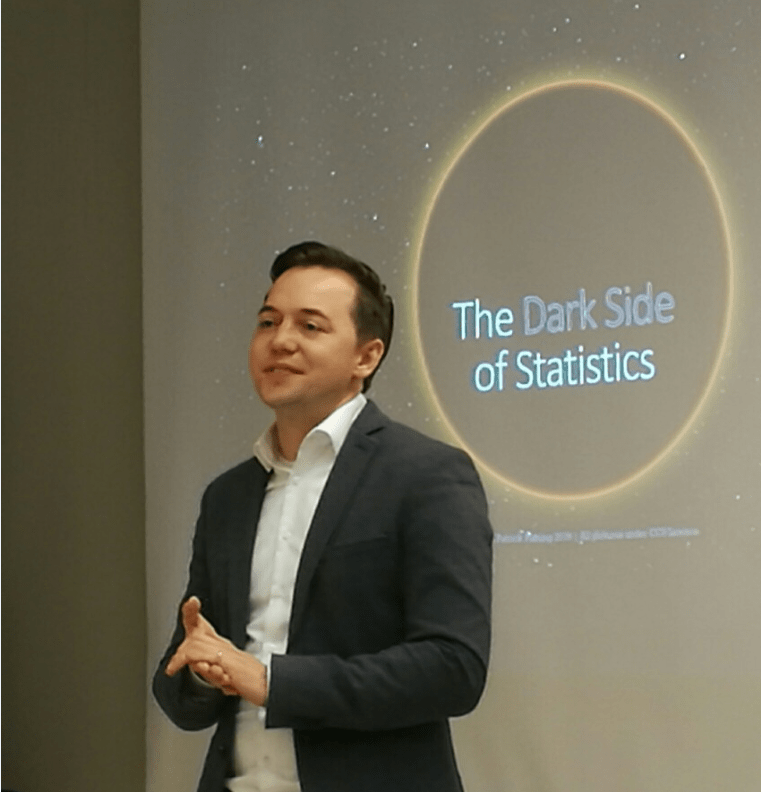Kehitimme ja otimme käyttöön sisäisen liikkuvuuden toimintamallin työpaikallani. Meillä sisäinen liikkuvuus tarkoittaa liikkumista tehtävästä toiseen kulkematta rekrytointiprosessin kautta. Vastakohtana on tilanne, jossa työntekijä lähtee määräaikaisuuden päättyessä, ja samalla oven avauksella sisään astuu uusi työntekijä samoilla kompetensseilla. Kehittämiselle oli kaksi tavoitetta: …







